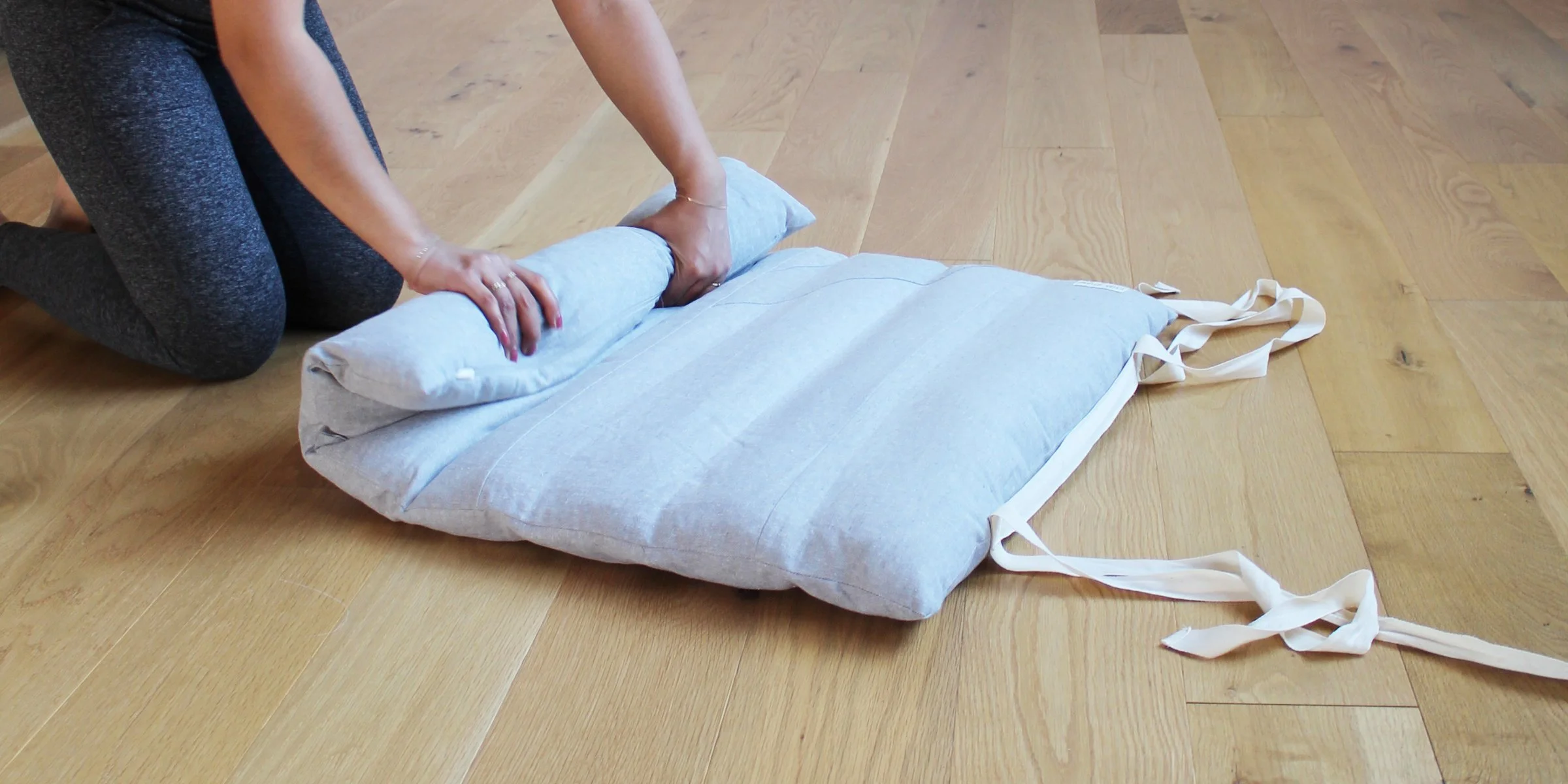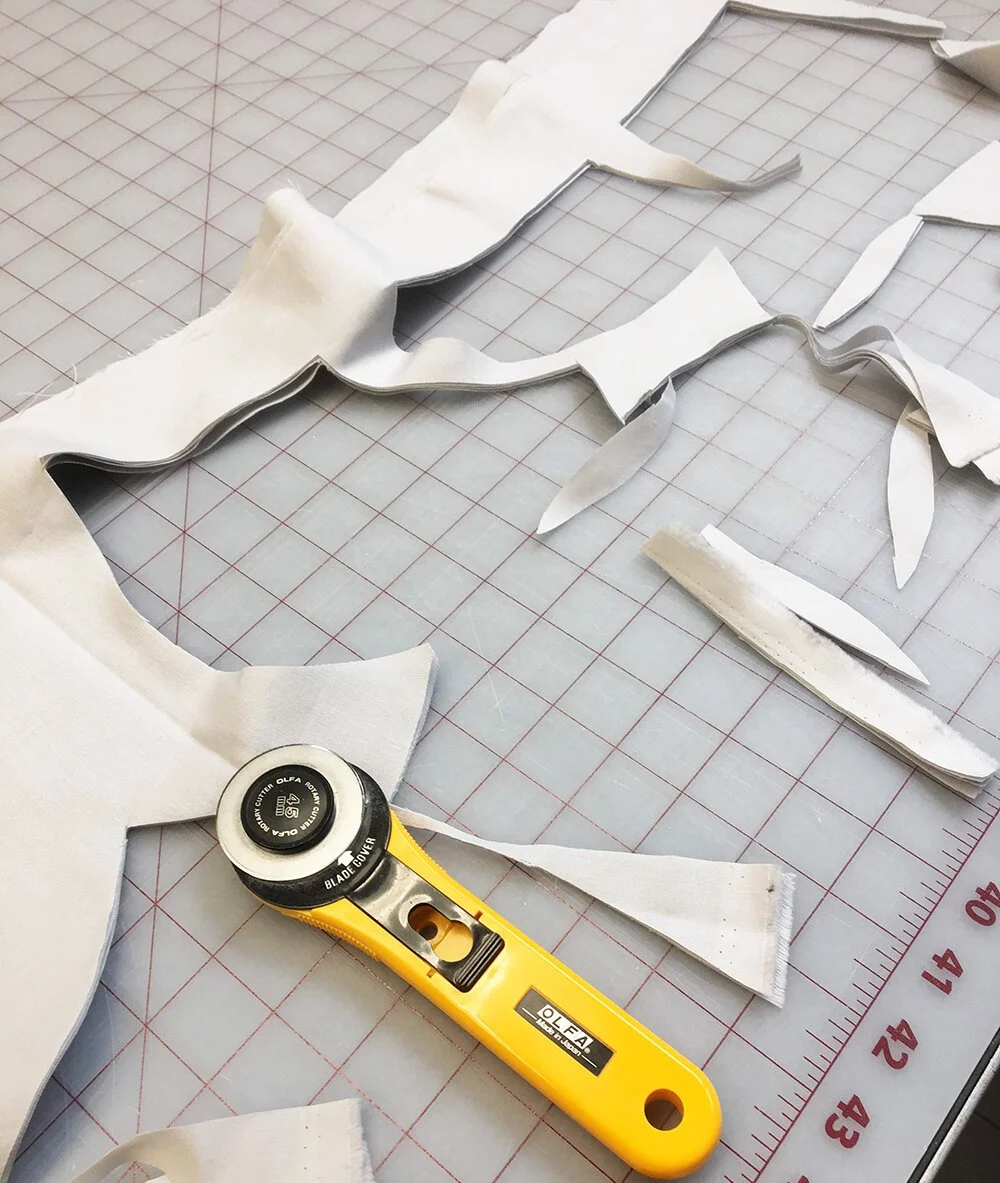Just as quickly as we get excited about starting a meditation practice, we can feel it turn stale and stuck. Sometimes meditation can feel like we’re just sitting with the same thoughts and patterns over and over. Or maybe we've lost the desire to sit and meditate entirely. If you’re feeling any of this, please know you’re not alone. This is entirely normal and common: all journeys have their ups and downs, getting lost and coming back. I’ve gone through many phases like this, so I’ve gathered some ideas to help you feel inspired and motivated to dive back into meditation and exploring your own inner world again. We can begin again and again, no matter where we are....
1. Change up your routine
If you’ve been meditating in the morning, try night time or lunchtime, or perhaps you rearrange elements of your routine so that you’re entering into meditation with a different energy. Try meditating during a coffee break, between meetings, or right when you come home from work in the evening (it can really shift you from work energy into softer at-home energy). It can help to tell any family members or roommates about your new routine to set expectations for them that you’ll be doing your own thing during those times.
2. Change your location
Give your meditation location a refresh. Face in a different direction, or look out a new window or sit against the base of your bed. Try setting up a little altar or have items or photographs of significance near you to help the space and experience be more intentional, meaningful, and personal. Sometimes a change in scenery can add that freshness and newness that can motivate us to dive back into our practice.
3. Meditate with a friend
I tried this during the pandemic with a friend every morning over Facetime. It really helped me get into a more consistent daily routine after a few months of inconsistency and avoidance. It was so much fun saying hello and catching up for a few minutes with a familiar face before settling into a 10-12 minute guided meditation together. We also shared a bit about our experience afterwards which helped us feel validated each day. Meditating with others is powerful which leads us to our next idea….
4. Join an in-person or online community
Now more than ever there are so many meditation communities and groups out there for any kind of style or modality or school of thought. There is magic in meditating with others: from helping you feel more inspired and motivated to finding support and building new relationships. Supporting your local yoga and meditation centers is so so important too.
5. Change up the style
Anytime I think I’ve tried every type of meditation ever, there’s still more I haven’t tried yet! Do some exploring, exit your comfort zone, broaden your horizons, and try something new. You may or may not love a new meditation technique you try, but it just might get you back to the practice as a whole. Try it! Affirmations, mantras, chakra visualizations, nature-based meditations to feel connected to earth, transcendental meditation, kundalini, Tonglen meditation, metta or self-compassion meditation, body scan, yoga nidra, breathwork, the list goes on! It’s easy these days to find new guided meditations out there online, and we have several different types for you in our Mini Meditation Library that all of our customers have access to.
6. Go for a retreat at a meditation center or at home
Living our busy lives can pull us far away from ourselves, and sometimes what we need is a deep dive into our inner world to bring us back to that self-connection again. There are options online for live or self-guided retreats, or find a retreat center that calls to you. They exist all around the world, and some are even free or donation based. It can be a fabulous way to combine a vacation and a spiritual reset into one!
7. Change up your position
Try sitting on a cushion on the floor if you’ve been sitting in a chair. Or try standing meditation or lying down with a cushion under your knees, with an eye pillow or sleep mask to restore balance to an active or tired nervous system. If you’ve been sitting cross legged on your meditation cushion, try placing it on its side between your legs in a kneeling posture. Or place the cushion on a bed and sit on it there. A change in position can bring new energy flow in your body to reinvigorate a stale practice.
8. Learn something new
Read a book about the scientific benefits of meditation or breath. Pick up a book or listen to the podcast of a meditation teacher who is new to you. Learn about the history behind certain spiritual lineages or religions or practices in cultures different than your own. What practices did your ancestors utilize that you can adapt? Let yourself be inspired. This can help us come back to our personal meditation practice with a new outlook, new technique, or a new sense of meaning to help us deepen our personal inner journey.
9. Start tracking your days or stop tracking your days
This is really dependent on your personality and what you have too much of or too little of in your life. If you lean towards perfectionism and being overly structured, then try letting go of keeping track of which days you’ve meditated. Perhaps it will be beneficial to let go of this drive to achieve, and instead trust that you’re on track just by showing up. On the other hand, if you’re like me and have an aversion to schedules and consistency, maybe more structure is what you need to stay motivated and on track, so start tracking with an app or on paper. Some of us are really motivated by gold stars! It might take some trial and error to find which method works for you, which may in and of itself get you motivated to get back into meditation.
10. Bringing in movement
If I’m feeling too antsy or frustrated or angry - any kind of kinetic energy - it’s hard for me to sit down and meditate first thing in the morning. Moving the body first before meditating can help transition our awareness from a thinking headspace into a feeling in the body space. It can help loosen and warm up stiff joints too. Maybe a short yoga session, light stretching, intuitive movement, or dance is just the ticket before settling into a seated meditation.
11. Bring in an energy healing element
It can be hard to just plop down and expect ourselves to be able to change our energy through meditation alone (although very possible). Qi Gong, tapping, and Reiki are all examples of energy work we can do ourselves that work with the life force energy of the body to restore balance. A few days of Qi Gong in the morning before or instead of meditation often does the trick for me!
12. Stop meditating
Sometimes we just need a break. Some time off can actually help us appreciate the benefits of meditation more when we do come back to it, just don’t forget! Or if we’re experiencing elevated anxiety levels and/or trauma responses, meditation is not useful, and help from a professional is necessary. Listen to your body and your intuition.
May these ideas help you bring you back to what ever kind of practice most serves you and your highest good. This is an invitation to do so with lots of grace and self-compassion. Bon Voyage!






























